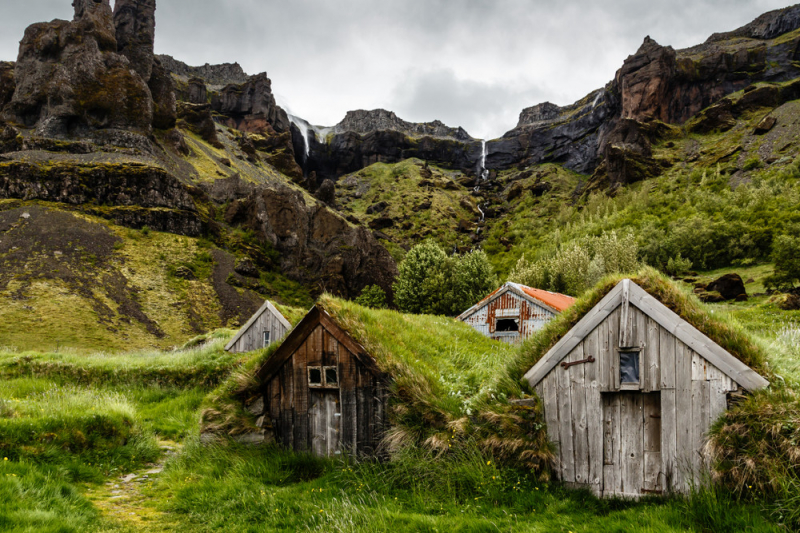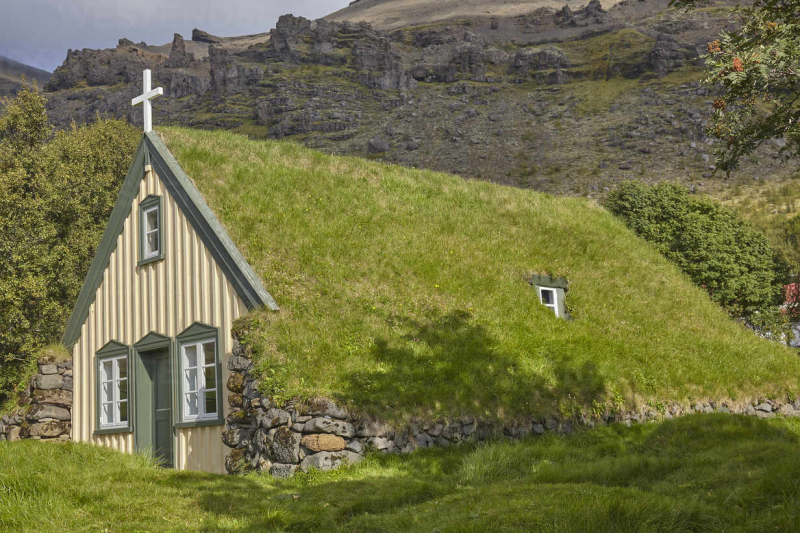Architecture
Icelandic architecture is influenced by Scandinavian influences and has historically been influenced by the island's lack of native trees. As a result, grass- and turf-covered houses were created. Between the ninth and thirteenth centuries, the country was ruled by Vikings. The Viking chieftains established a form of governance known as the 'Althing,' and for this reason, Iceland is known to have one of the world's oldest parliaments. Along with establishing a civic structure, the Vikings had a significant impact on the country's vernacular architecture, converting Viking longhouses into turf houses in Iceland. They were responsible for removing the birch trees from Iceland's landscape as part of the process of establishing civilization, thereby depriving the country of its natural forests.
Later, as many timber buildings were constructed in this style, the Swiss chalet style became a dominant influence in Icelandic architecture. Stone and, later, concrete were popular building materials, the latter especially with the arrival of functionalism in the country. Contemporary architecture in Iceland is influenced by a variety of sources, with styles varying greatly across the country.
Icelandic architecture is primarily low-rise, with many low tower blocks and two- or three-story buildings with pitched roofs predominating. Traditional wooden-framed houses and smaller municipal buildings were clad in wooden planks or corrugated metal. They were frequently painted in traditional bright colors. Many architectural influences, particularly in the capital, can be seen, including the once-popular Swiss chalet style.











